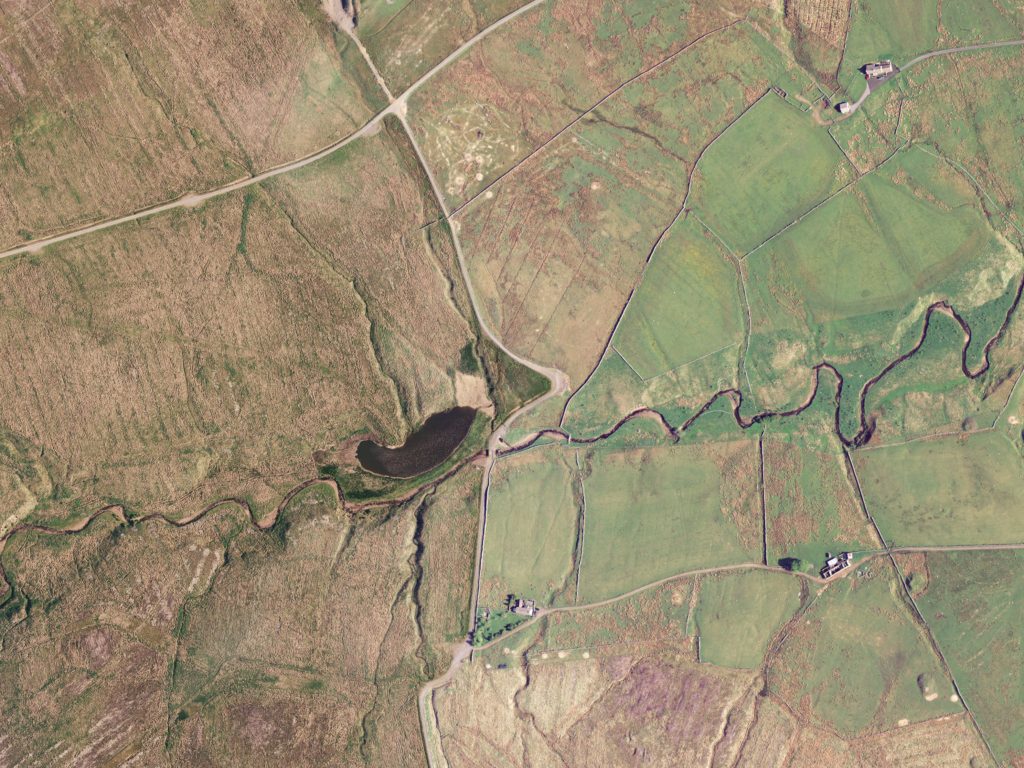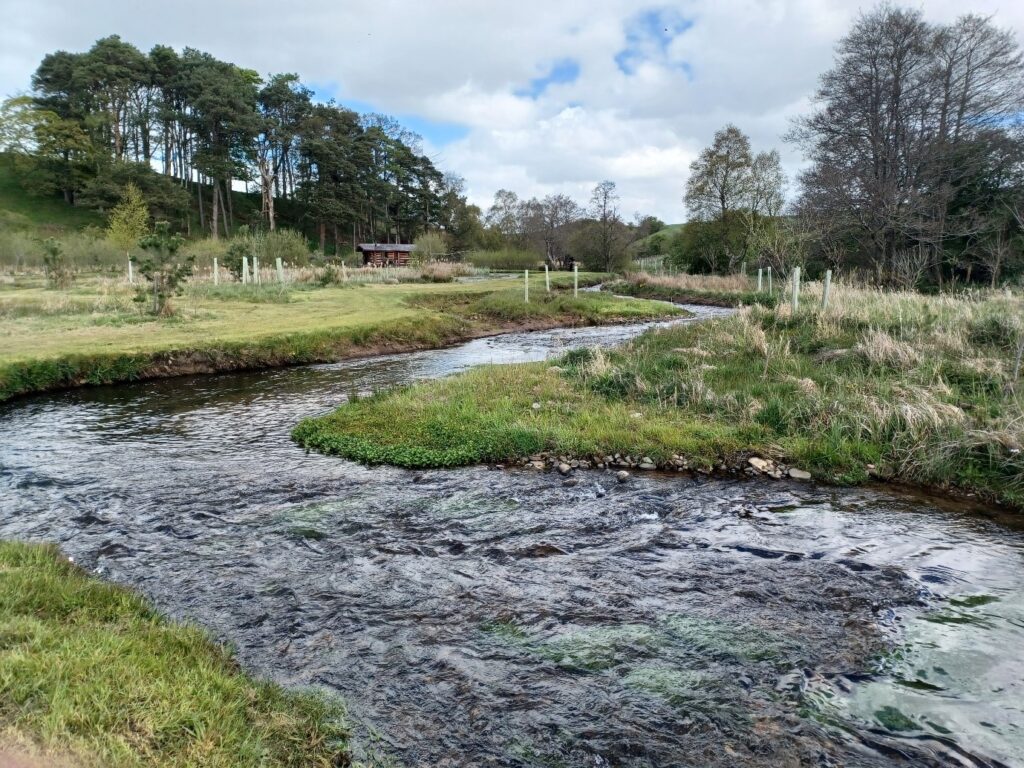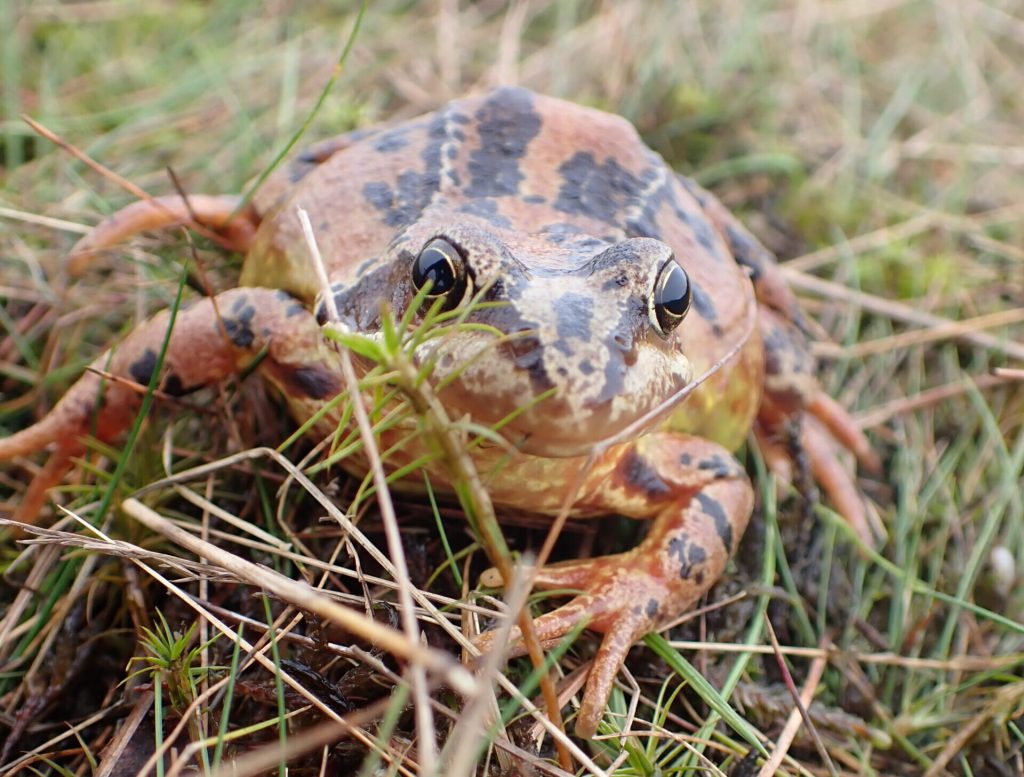What we do
High Nature Value farming
Flower-rich hay meadows, most of England’s black grouse, the highest density of breeding wading birds in England – when so much of the nation’s wildlife has disappeared, why do we still have so much in the North Pennines?
One of the main reasons is the nature of farming here and a good way of describing this is High Nature Value farming.
What is HNV farming and why is it important?
High Nature Value (HNV) farming is a term used to describe low-intensity, traditional farming systems which support high levels of wildlife and biodiversity. Having typically developed under the constraints of a harsh environment and extreme weather conditions, these systems tend to be sustainable in the long-term as they do not degrade the land on which they depend. In addition to supporting high levels of biodiversity, HNV farming systems provide other benefits of value to us all – carbon or water storage, clean air and tranquillity, for example. These are often referred to as ‘ecosystem services’.
Many of Europe’s most treasured landscapes and their wildlife have developed as a result of low-intensity farming that works in harmony with local environmental conditions. If these landscapes and their biodiversity are to survive, the farming systems on which they depend must also be recognised and maintained. However, the value to society of these traditional systems is currently poorly appreciated and their long-term survival, along with the wildlife they support, is far from certain.
Grasslands of the North Pennines
Semi-natural pastures and meadows are one of the cornerstones of HNV farming and European farmland biodiversity. A number of areas within the North Pennines support outstanding examples of these habitats and include:
- the majority of the UK’s flower-rich upland hay meadows
- virtually the entire English population of black grouse
- some of the highest densities and most important populations of breeding wading birds in the UK.
This important biodiversity exists on extensively farmed, low-intensity grassland which will also be providing important functions such as carbon storage, soil conservation, protection of water resources and provision of habitat for invertebrate pollinators. Those who are farming these areas are delivering a fine example of High Nature Value farming.
Learning about our High Nature Value farmers
The AONB Partnership is keen to support the farmers in the North Pennines who deliver so much for society. As a key step towards doing this, we commissioned a report into High Nature Value farming in the upper dales of Weardale, Teesdale and Tynedale in 2013. Central to this exercise was a series of face-to-face interviews with a sample of farmers. This report was an important part of a process of starting to work more closely with and supporting HNV farmers. The findings and recommendations will continue to help shape the work of the AONB Partnership into the future.
High Nature Value farming in the Northern Upland Chain
The North Pennines AONB together with Northumberland National Park, Yorkshire Dales National Park, Nidderdale AONB and the Forest of Bowland AONB comprise the Northern Upland Chain Local Nature Partnership (LNP).
Partners in the Northern Upland Chain have produced a brochure focusing on the issues and opportunities presented by High Nature Value farming. This can be downloaded here: High Nature Value farming in the Northern Upland Chain 2015.











